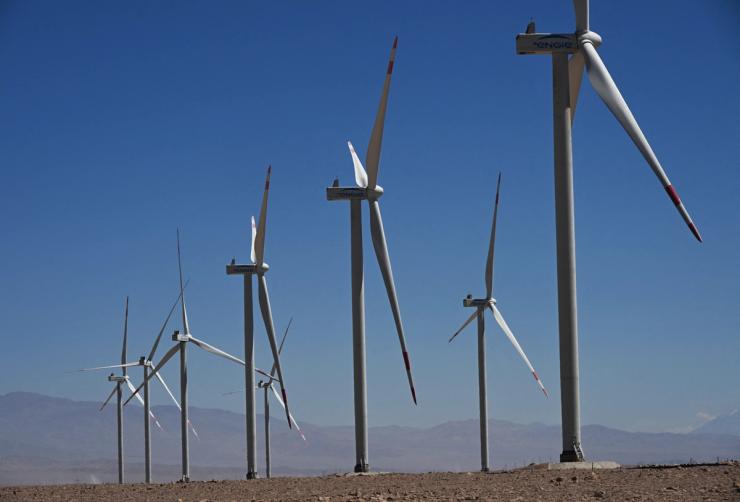The News
Google has signed its biggest ever deal for offshore wind energy, backing two wind farms off the coast of the Netherlands as it ramps up efforts to power its data centers and campuses solely with clean energy by 2030.
The tech giant said Thursday it had inked the Power Purchase Agreement – a long-term contract for electricity – as well as smaller deals for renewable energy in Italy, Poland and Belgium.
While Big Tech has set ambitious goals for carbon reduction, the industry remains highly polluting, accounting for 4% of global greenhouse gas emissions – a figure that rivals aviation – owing to factors including electricity-guzzling data centers, supply chains, and chip production.
SIGNALS
Renewable Energy Certificates create an illusion of emissions reduction
One of the ways tech firms such as Amazon seek to mitigate their carbon footprint is through Renewable Energy Certificates (RECs) – certificates sold by power companies to prove that electricity comes from a green source, with the proceeds then invested in clean energy projects.
However, while these certificates are designed to encourage the growth of renewables, their widespread use by corporations has led to “an inflated estimate” of how effective such efforts to mitigate carbon consumption are, the journal Nature reported, arguing that firms should use real emissions reductions instead. RECs are instruments priced by the market – so, as The Verge reported, falling prices mean they may not bring in the money needed to finance new renewable energy projects, defeating their purpose. Amazon has said it aims to reduce its dependence on RECs and instead focus on building new wind and solar projects around the world, CNBC reported.
Big Tech’s supply chains are a hidden source of pollution
While data centers garner attention for the vast amounts of electricity they consume, Big Tech’s supply chains are also a huge source of pollution. Numerous top Microsoft suppliers are powered solely by fossil fuels, The Verge found. And while tech firms such as Google, Amazon and Dell set lofty decarbonization goals, their supply chains tell a different story, Greenpeace reported in 2022, saying that only Apple had reported meaningful progress on decarbonizing its supply chain. However, a report by a Chinese environmental non-profit pointed to the fact Apple has been less than transparent on requiring suppliers to disclose data on greenhouse gas emissions. And The Verge called the new carbon neutral Apple Watch a red herring, saying that rather than focusing on one particular product, “it’s way more important to look at the company’s environmental impact as a whole”.
Chipmakers eye green technologies to limit vast carbon emissions
They may only be the size of a fingernail, but soaring demand for chips used in everything from consumer electronics to cars and medical equipment has produced a “very dirty” industry, Fortune reported, leaving chipmakers scrambling to limit emissions. Chipmakers are eyeing two innovative technologies in the race to cut carbon, the Financial Times reported: “green” hydrogen, which doesn’t generate CO2, and energy storage systems. It can’t come too soon: the emissions generated by Taiwan Semiconductor Manufacturing Company in 2020 were close to the total for the city of Taipei, at 10 million tons, the FT reported, while South Korea’s Samsung hit 15.6 million tons of emissions in 2021. A semiconductor factory can use one million gallons of water a day for rinsing and cooling, Fortune said. And while Intel is opening a manufacturing facility in Arizona to reduce its reliance on foreign supply chains, the plant still emits an estimated two tons of hazardous air pollutants each quarter, according to the magazine.



